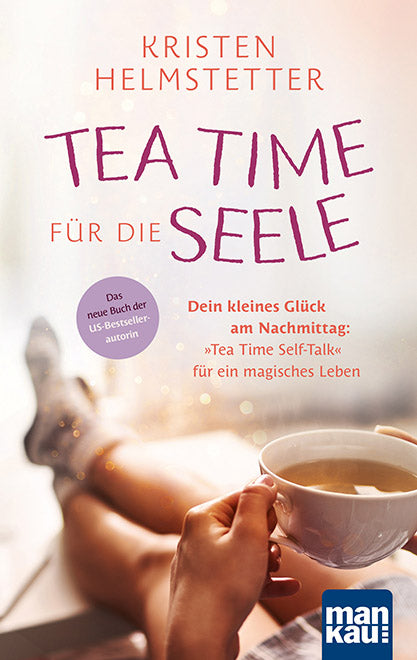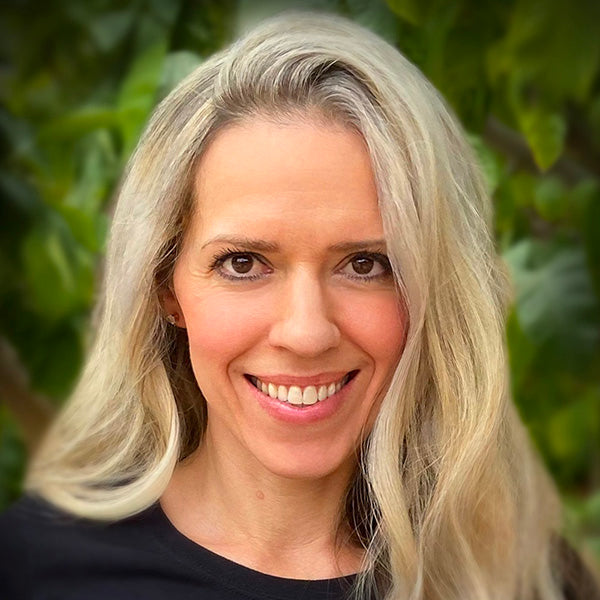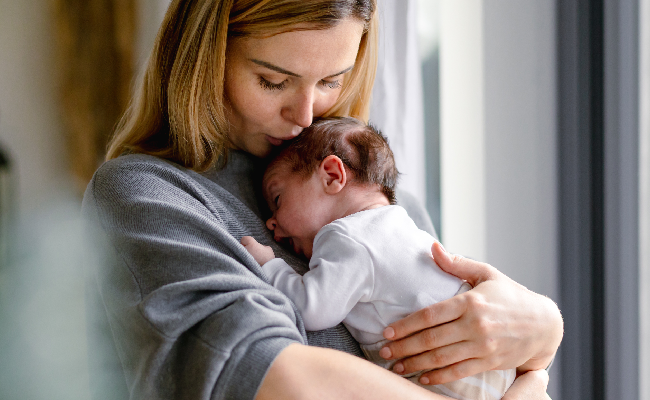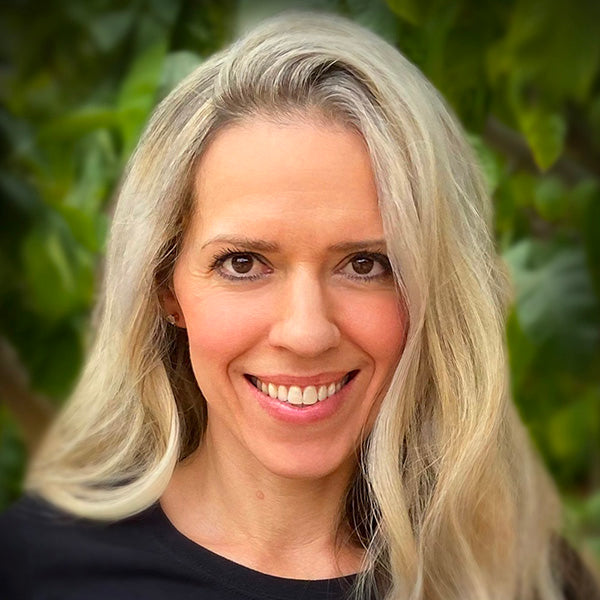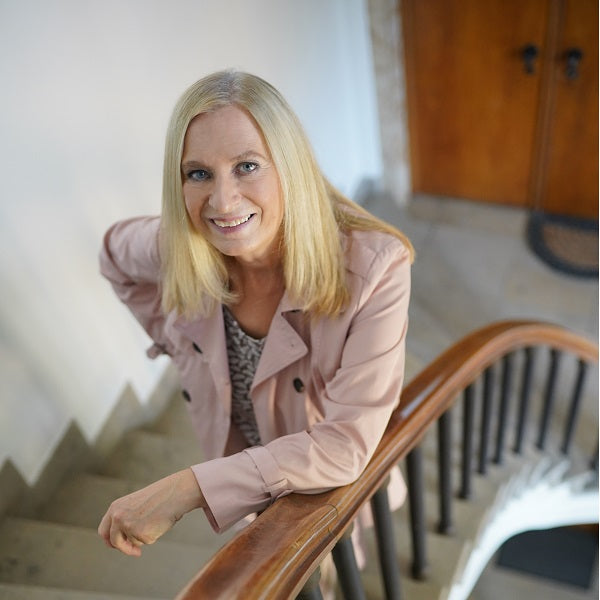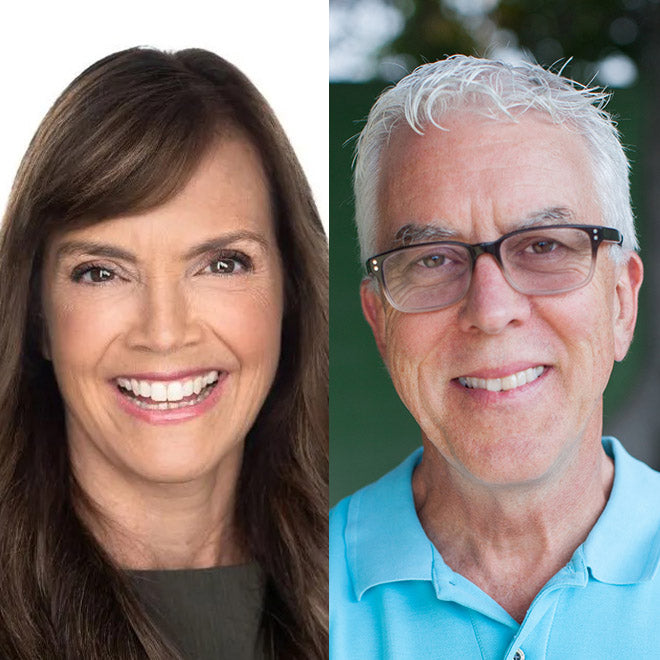
Fears among children and adolescents: “There is a kind of atmosphere of catastrophe …” Interview with Dr. Reid Wilson and psychotherapist Lynn Lyons
Fears among children and adolescents: “There is a kind of atmosphere of catastrophe …” Interview with Dr. Reid Wilson and psychotherapist Lynn Lyons
"The isolation during the corona pandemic - which has deprived children and young people of the opportunity to go out into the world, gain experience and exchange ideas with one another - has massively increased the number of those suffering from anxiety disorders. At the same time, there is a kind of catastrophe mood among the adults who are watching this development with concern, which sets a negative spiral in motion. With our method, we teach children how to tackle their fears instead of just avoiding them. At the same time, we actively involve parents so that they do not inadvertently increase their children's fears through their behavior and attempts to appease them. We often have to advise them to talk 85 percent less..." The two anxiety experts Dr. Reid Wilson and Lynn Lyons , authors of the book " My Anxious Child ", have developed an unconventional but very successful approach with seven "puzzle pieces" that helps children, young people and their families to break the cycle of worry and overcome stressful over-anxiety.
Fears among children and young people have not only been an issue since Corona, but they have spread like an epidemic since then. What do you think are the reasons for this development?
Lynn Lyons: Covid has disrupted our lives in many ways, and perhaps the biggest impact on young people has been isolation. We deal with anxiety by getting out into the world, having experiences, telling each other about them. But without those outlets – coupled with the uncertainty and general anxiety many people feel – anxiety grew in isolation. I also hear and experience a sense of catastrophism when it comes to young people's functioning. Adults are extremely concerned about their children's mental health and are expressing that concern very forcefully. 'The kids are not OK' is a message that can spiral, and I see that happening.
All children are anxious and all parents worry about their children. How can you tell when fears and worries have reached a level that is affecting the whole family?
Dr. Reid Wilson: The most common time parents come to us is when their anxious child is keeping them awake at night or refusing to go to school. But the stress on the family starts earlier. Parents are overwhelmed with the demands of the anxious child. They spend a lot of time trying to calm their child's worries by constantly placating them. And when that doesn't work, they start canceling family activities because that's the only way they can calm their child.
You both have over 50 years of experience in the successful treatment of anxiety disorders. What led you to your special method and how does your approach differ from other therapy concepts?
Dr. Reid Wilson: Too many children do not receive treatment for their anxiety. When they do receive professional help, it is usually done behind closed doors and without parental involvement. However, when parents are actively involved in treatment, change occurs more quickly and can be more lasting. A large part of our work is teaching the child how to address their fears rather than just avoid them. At the same time, we teach parents the most common mistakes to avoid, such as constantly "rescuing" the child and putting them in complete safety. Anxiety can be overwhelming for families. However, we believe it is not complex. Families can learn simple strategies that will give them their lives back.
Many parents make the mistake of trying to help and actually making their children's fears worse. Why does this happen and what would be a better way to deal with it?
Lynn Lyons: The biggest traps parents fall into are, first, avoiding and eliminating any uncertainty as a way to eliminate the child's fears, and second, modeling their own fears by overprotecting, monitoring, or communicating danger to their children. Families benefit from using language that allows for uncertainty and discomfort, such as, "I know this feels uncomfortable, and of course you're worried because we don't know exactly what will happen. But these feelings are normal when we enter new situations."
In your book, you advise parents to see themselves as a kind of “coach” who encourages their children to become active themselves. What skills should parents encourage in order to achieve this goal?
Lynn Lyons: First and foremost, their own ability to handle uncertainty and problem solve, rather than avoid and retreat. Parents who model avoidance and dysregulation for their children are more likely to reinforce the child's own anxiety. As a coach, consistency is key, which means practice and doing are part of the plan; children should see their parents doing this. Also, parents in general tend to talk too much when they coach. So my advice to parents is 85 percent less talking.
With "Casey's Guide" you are adding an add-on to the guide, which is available as a download and is aimed directly at children and young people between the ages of 8 and 15. What is special about Casey, and what experiences have you had using her story?
Dr. Reid Wilson: Our protagonist, Casey, tells of her nasty encounters with fear and the many ways she learned to withdraw from activities as a child. Eventually, she figured out (with her mother's help) the best tactics for facing her fears. With this guide, she serves as a role model for young readers, showing, for example, how fears get stronger when you avoid them and weaker when you face them. Children and teens can benefit from these skills directly from Casey's story, rather than just being taught by their parents or counselor.
Book tip:
Dr. Reid Wilson and Lynn Lyons: My anxious child . Break the cycle of worry in 7 steps and raise brave, independent children. The tried and tested method of anxiety experts. Includes download link to " Casey's Guide " for children and young people. Mankau Verlag, 1st edition October 2023, paperback 13.5 x 21.5 cm, 238 pp. and PDF e-book "Casey's Guide for Children and Young People", 151 pp., ISBN 978-3-86374-697-1, 22.00 euros (D) | 22.70 euros (A)
Link recommendations:
More information about the book “My anxious child”
To the reading sample in PDF format
More about author Dr. Reid Wilson
More about author Lynn Lyons, LICSW
Our social networks − for questions, criticism, suggestions
